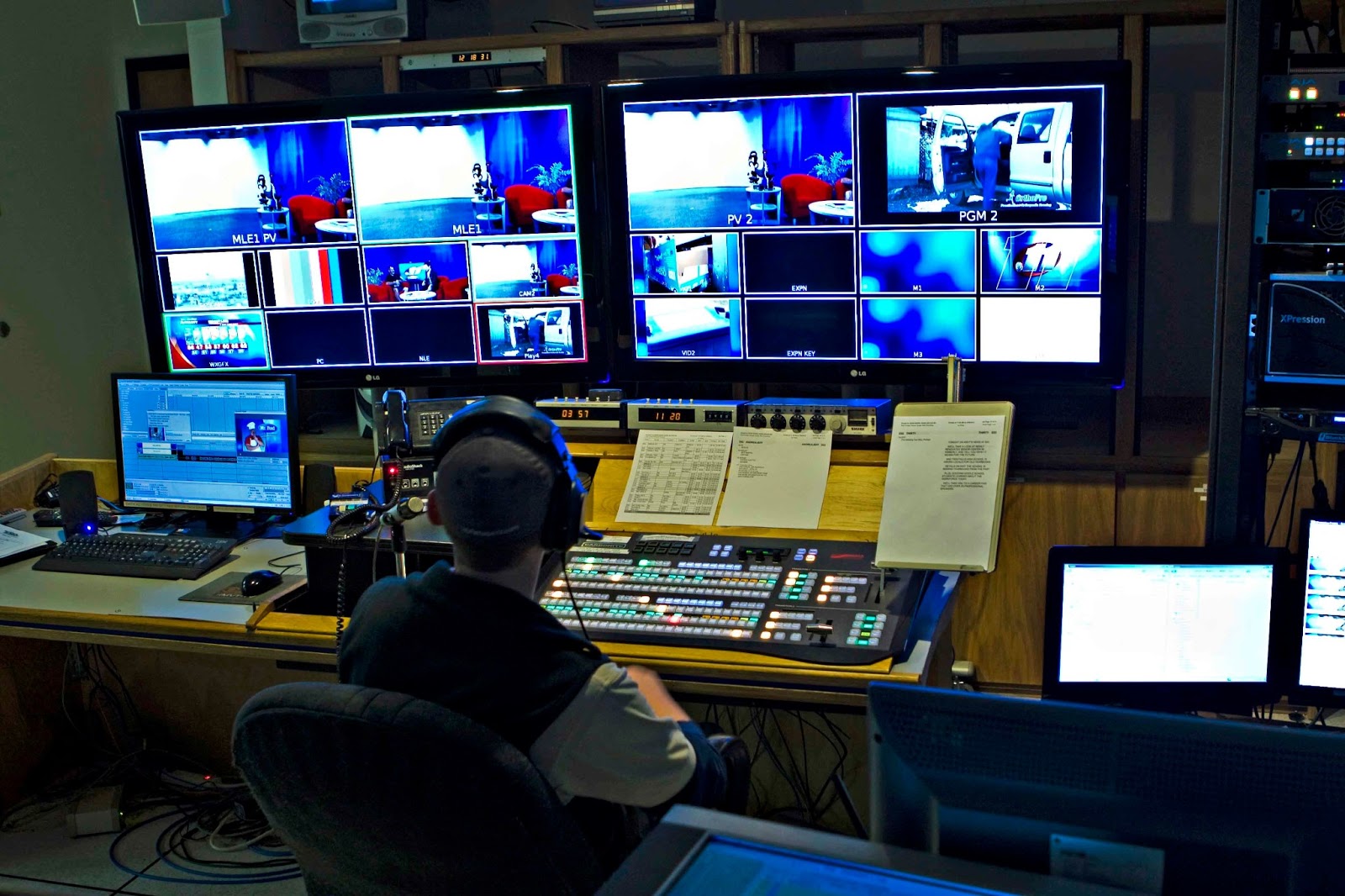Hi Boinx guys
At beginning, I had a fluid email feedback with you, but lately, no got any answers.
I know that my license is an private one, and maybe you’r so busy, but as older beta tester I would like have more attention
1.- What about a Nocturn Layer? I bought the device as your suggestion to use it in the old Boinx TV, but now it is forgotten and I have a $200 paperweight which in deed, worked very well.
2.- Any improve in the render machine? I have, as many others, a classic Mac Pro.
It is an Xeon 6 core and 32gb ram computer running El Capitan.
I know you tell me that 10.11 have a bug, but no one has give a deepest explanation.
This machine doesn’t have and h264 chip, so, all the render task is over the CPU.
It is out there many ways to assign this task to the GPU like as other mac apps does.
I have a powerful 4gb GTX980 which have very low task when is Mimolive working.
I still stucked into 2.6.4, which is the Mimolive version who better perform for me.
With latest version, I got stutter image and visible drop frames.
I tried as suggestion yours an OSX upgrade to Sierra and Mimolive latest version, but the problem is worse, even with 2.6.4, so I rolled back, and that was when our feedback gone
3.- Now a tech question, when I use the BM sdi playout:
Who is in charge to the render? CPU? GPU? BM hardware?
It is there a way to have lower latency as the GPU output with the SDI playout?
Hope to have better luck with this post than my not readed emails

